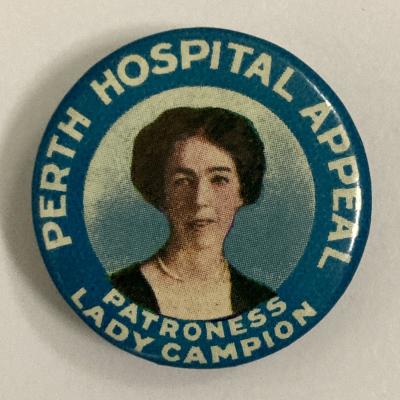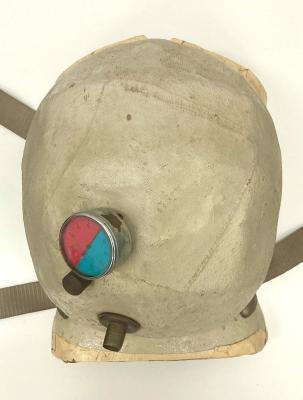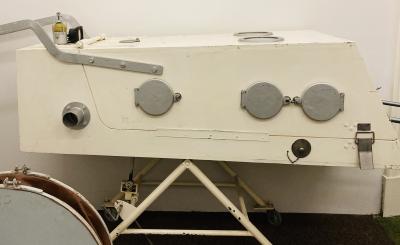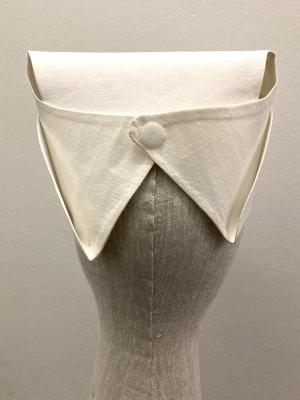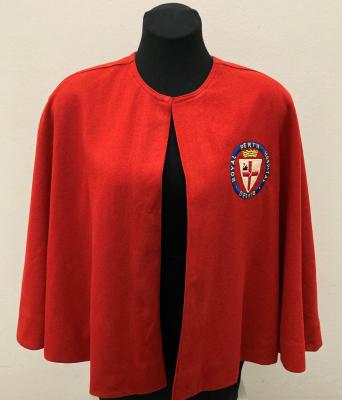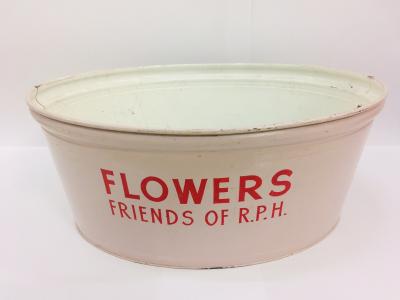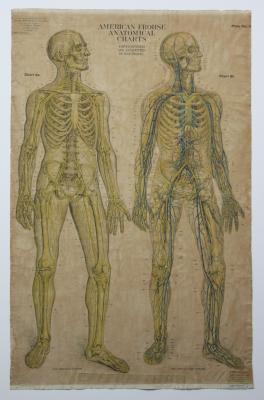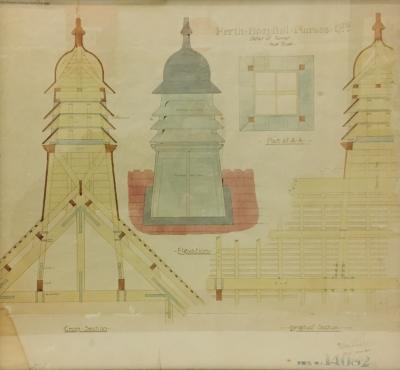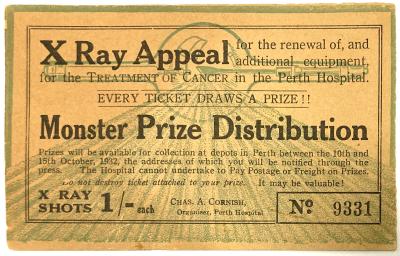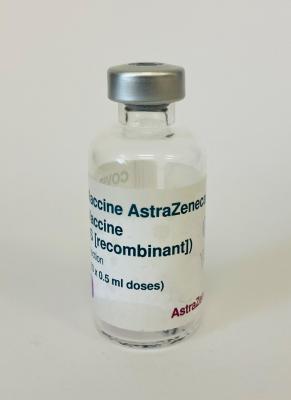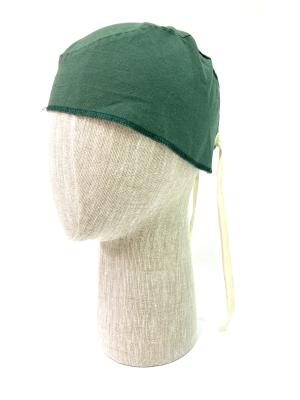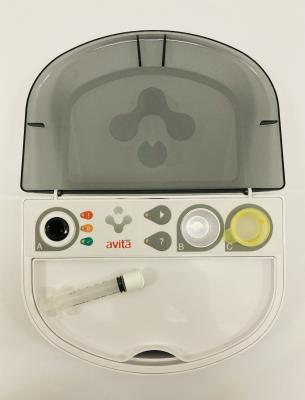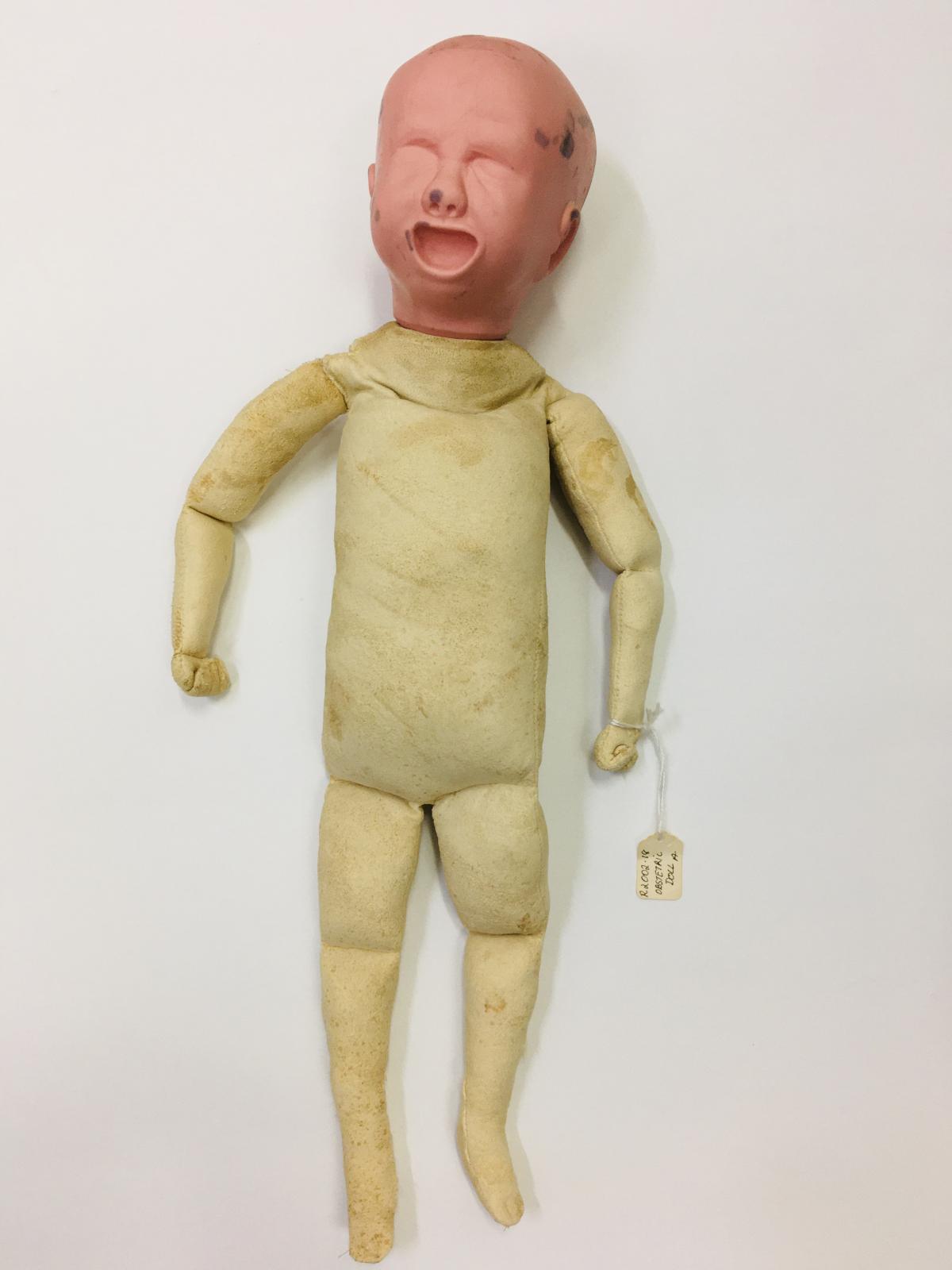DOLLS, OBSTETRICS TEACHING AID
c. 1960Two cream chamois leather and pink plastic dolls used for teaching purposes. The pink plastic heads have features (mouth, nose, eye sockets and recessed diamond shape on fontanelle) identifiable by palpation. Student doctors and midwives could feel the baby’s head within an artificial pelvis to identify the type of presentation. The plastic head of doll (a) has faded black marks around the lips, nose, cheek, ear and top of head. The heads are weighted to represent a real baby's head.
The dolls are labelled 'Watson 65' / 16. WA School of Nursing'.
Details
Details
Rare obstetric models of babies made from chamois leather and plastic, used for teaching purposes. These dolls are scarce due to their continuous use as teaching aids. The condition is fair / good considering their age and handling.
Other items from Royal Perth Hospital Museum
- BADGE, PERTH HOSPITAL APPEAL
- CUIRASS
- IRON LUNG
- NURSE'S CAP
- CAPE, NURSE'S
- TUB, METAL
- AMERICAN FROHSE ANATOMICAL CHART, CIRCULATORY
- ARCHITECTURAL DRAWING, PERTH HOSPITAL NURSES QUARTERS, DETAIL OF TURRET
- XRAY APPEAL TICKET, NO. 9331
- COVID-19 ASTRAZENECA VACCINE PHIAL
- SURGICAL CAP
- RECELL AUTOLOGOUS CELL HARVESTING DEVICE
